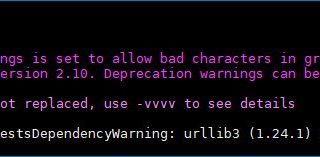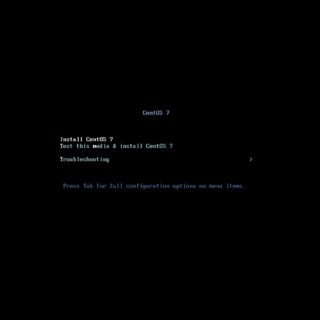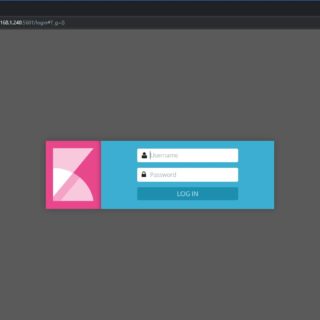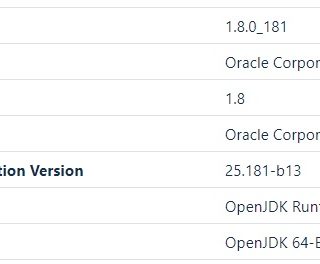Create an Ansible script for DISA STIG and execute it in CentOS 7
Securing a CentOS 7 install doesn’t have to be tough. Code already exists, we just have to find it and execute it. Prerequisites yum install openscap scap-security-guide -y Verification The version of the scap-security-guide that was tested is 0.1.40. Version 0.1.43 has removed the DISA STIG from the CentOS guide ssg-centos7-ds.xml; however, there is a work-a-round. Article coming soon. scap-security-guide.noarch…
Read More »




